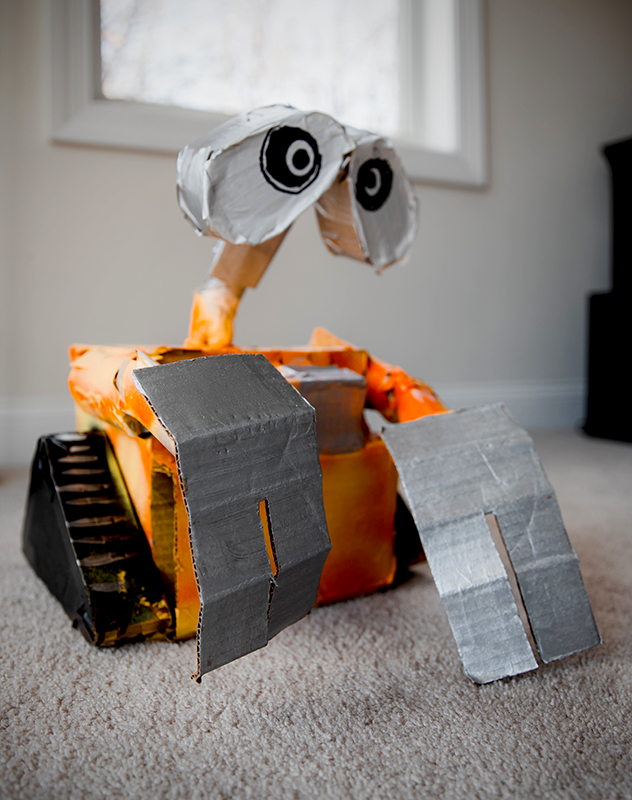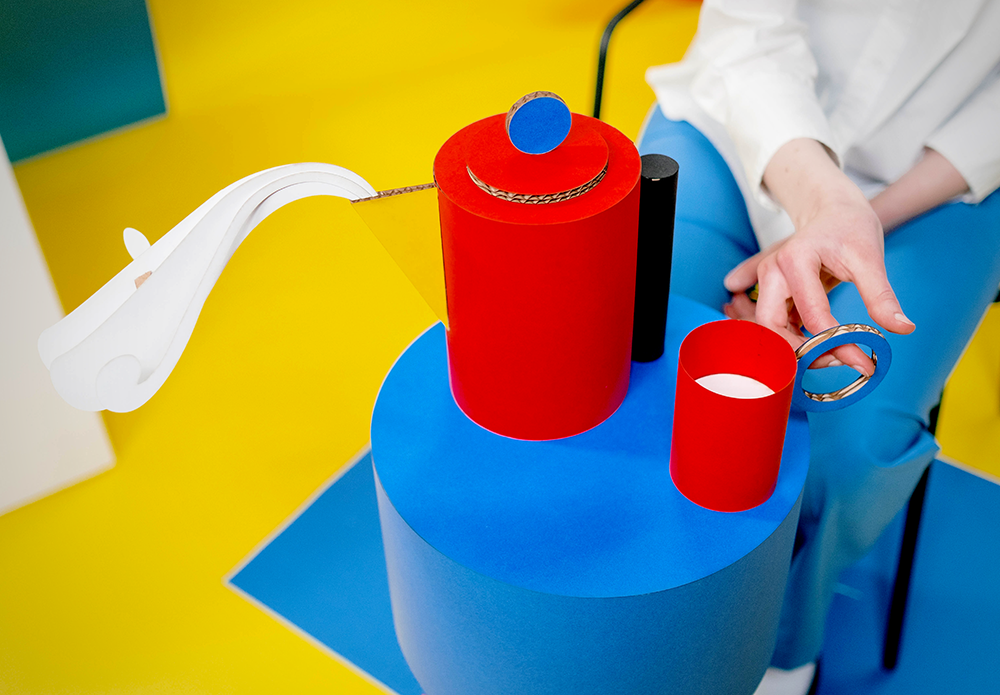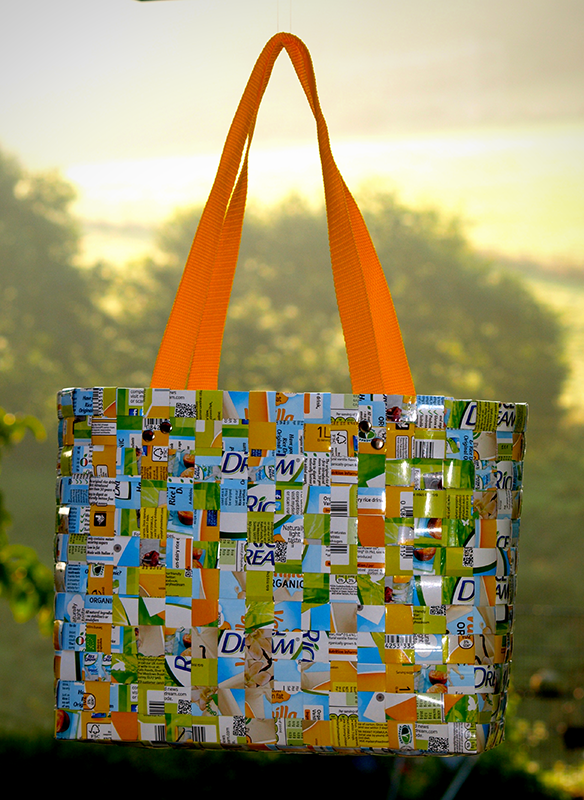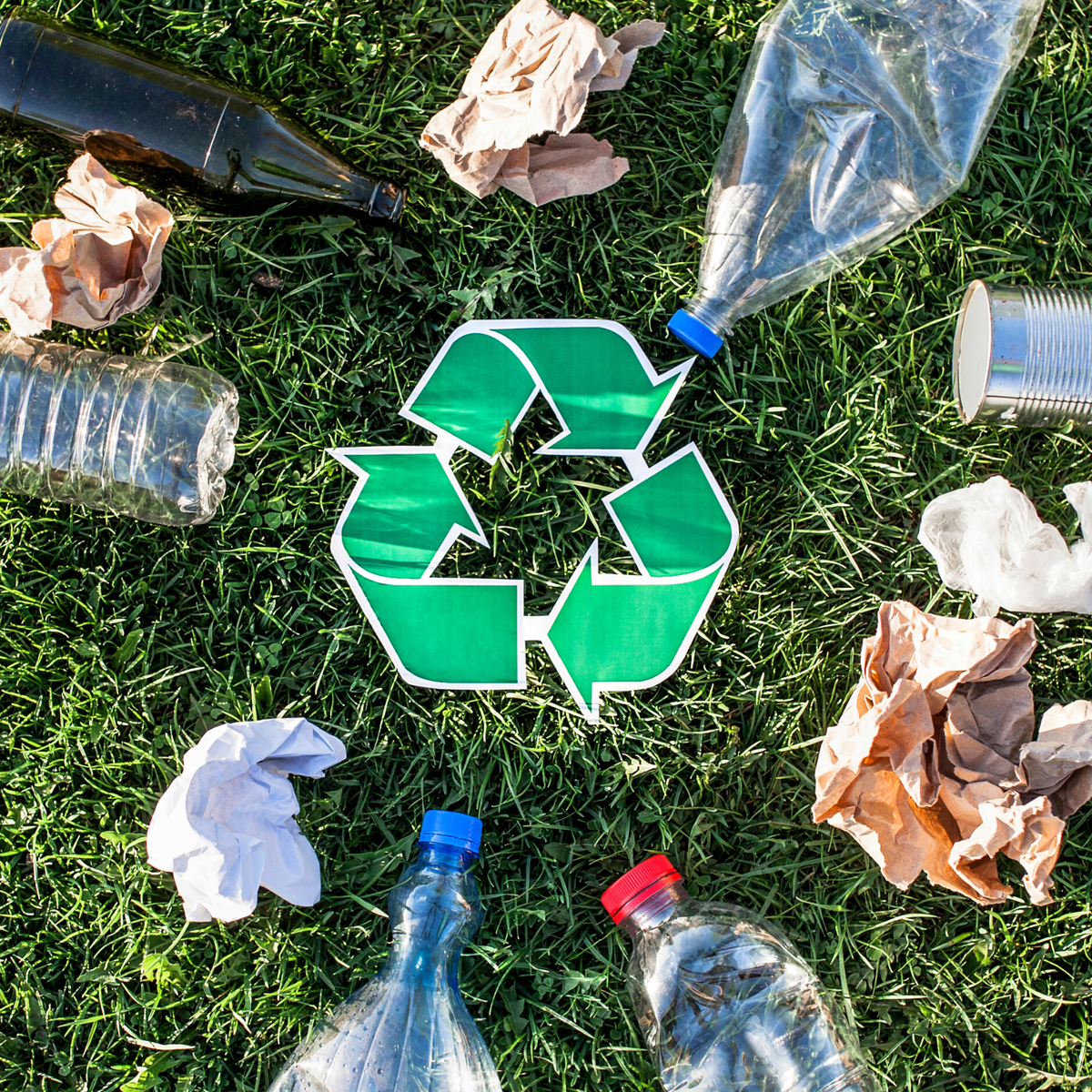Tired of the same old art supplies and looking for a new way to spark your creativity?
Do you have piles of unused materials around your house, but don't know what to do with them?
We've all heard the phrase, "one man's trash is another man's treasure."
But as creators, we know that this statement couldn't be more true. In a world where waste and pollution are significant issues, it's imperative for us to think outside the box and find new ways to reduce our carbon footprint.
And what better way to do so than by upcycling?
Upcycling is not only beneficial for the environment, but it also allows us to tap into our creativity and give seemingly useless items a new purpose.
This environmentally-friendly practice involves transforming everyday objects and waste into something beautiful and useful.
As an artist, this is a perfect opportunity to challenge yourself and experiment with unconventional materials.
However, with countless materials available for upcycling, how do we choose which ones are best? Fear not!
In this blog post, we'll uncover some of the top materials for upcycling that will take your artistry to new heights while reducing your impact on the planet.
Get ready to turn discarded objects into stunning works of art that not only showcase your talent but also help reduce waste in our world.
So, join me on this creative journey as we explore different ways of giving our trash another life!
Key Takeaways:
- Discover the most suitable materials for upcycling, ranging from old clothes to wine bottles, and how they can be transformed into new, functional items.
- Learn how upcycling not only saves money but also contributes to reducing waste and greenhouse gas emissions, supporting a circular economy.
- Gain practical upcycling ideas and insights into the creative process, skill level required, and the environmental benefits of giving new life to discarded objects.
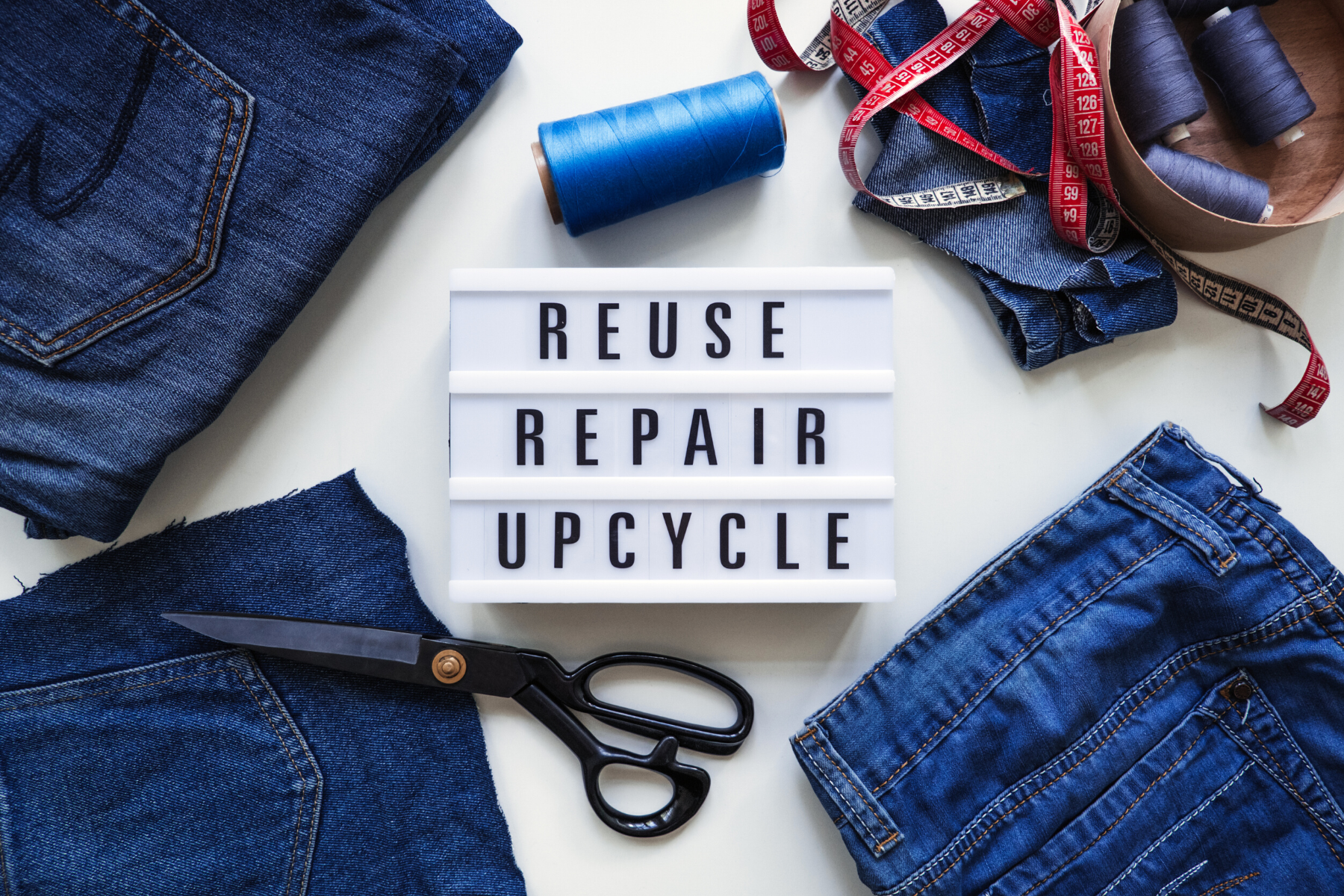
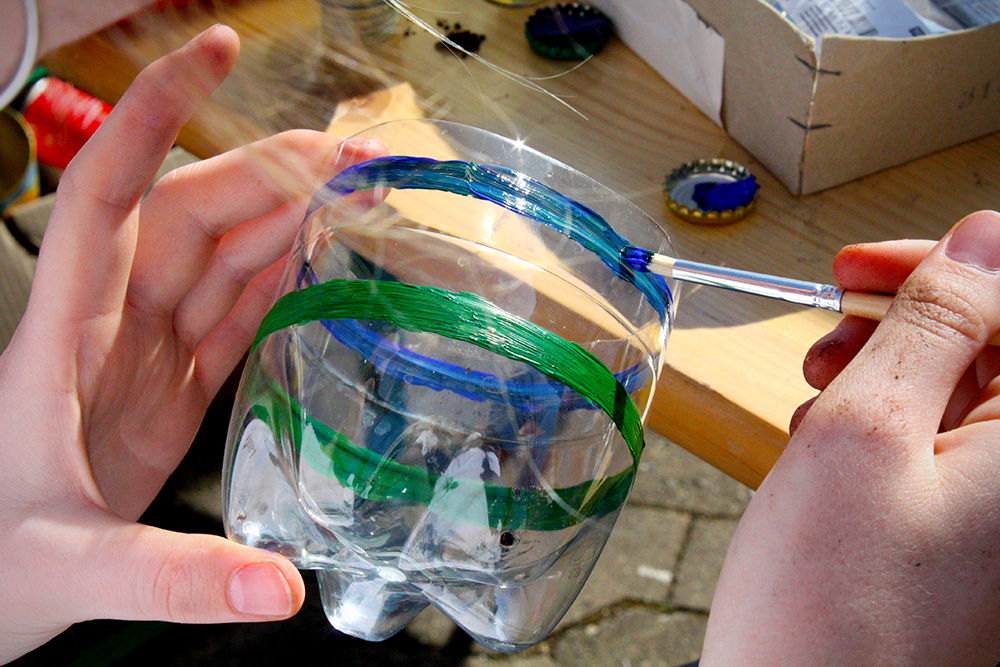
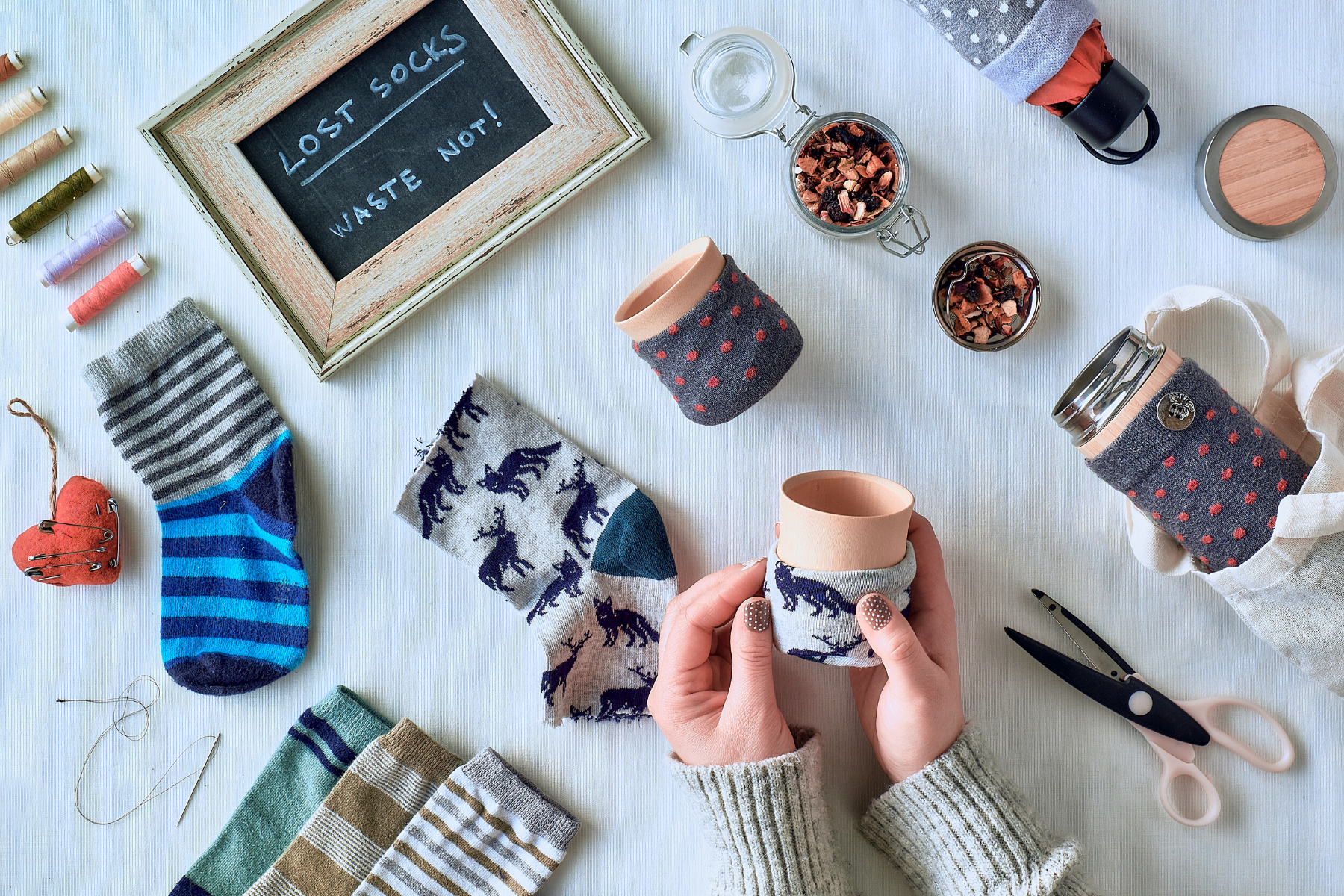
The Power of Upcycling
Upcycling is the process of taking discarded materials and repurposing them into something new and useful.
This process of transforming waste materials or unwanted items into new materials or products of better quality or for better environmental value has become a popular environmentally friendly approach to reducing waste.
Upcycling not only has a positive impact on the environment but also provides a new opportunity for artistic expression and creativity.
Instead of buying new materials, upcycling allows us to use what we already have in innovative and exciting ways.
With upcycling, the possibilities are endless – from turning old CDs into coasters, using bottle caps to create mosaics, or repurposing old furniture into statement pieces.
The only limit is your imagination!

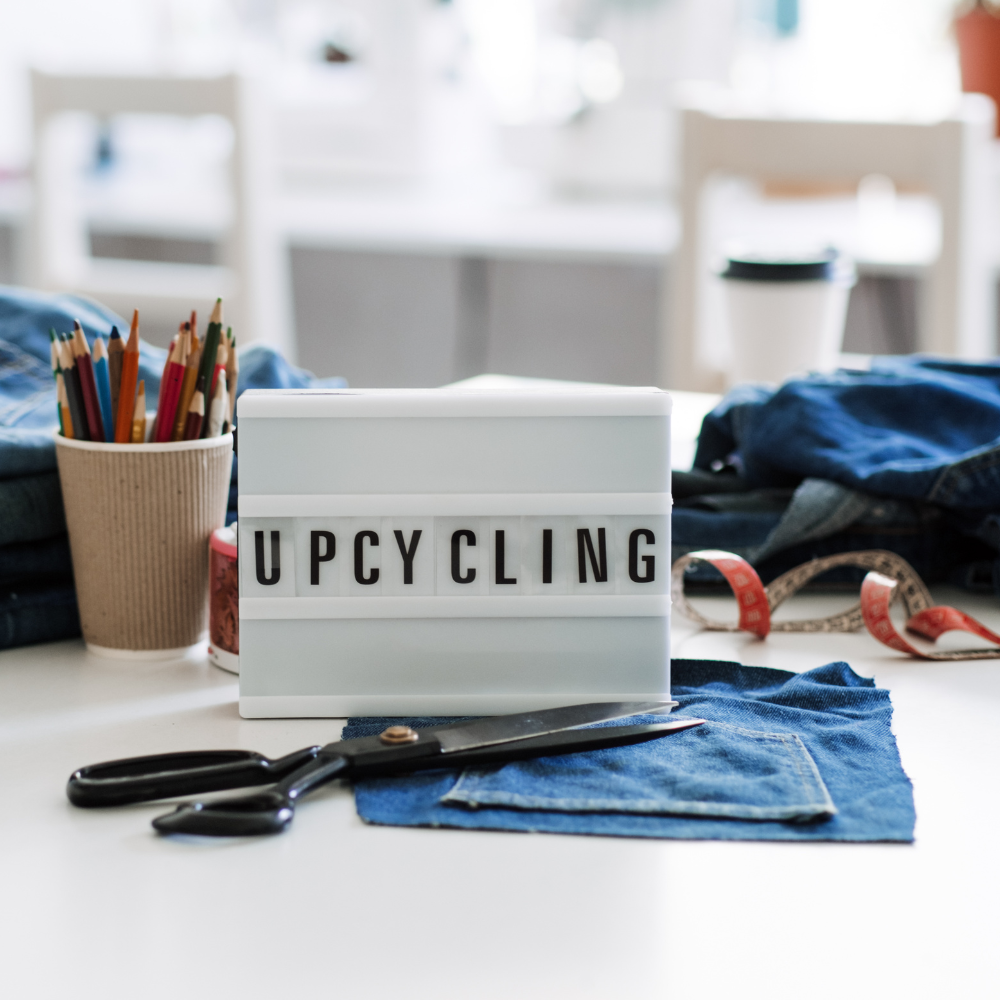
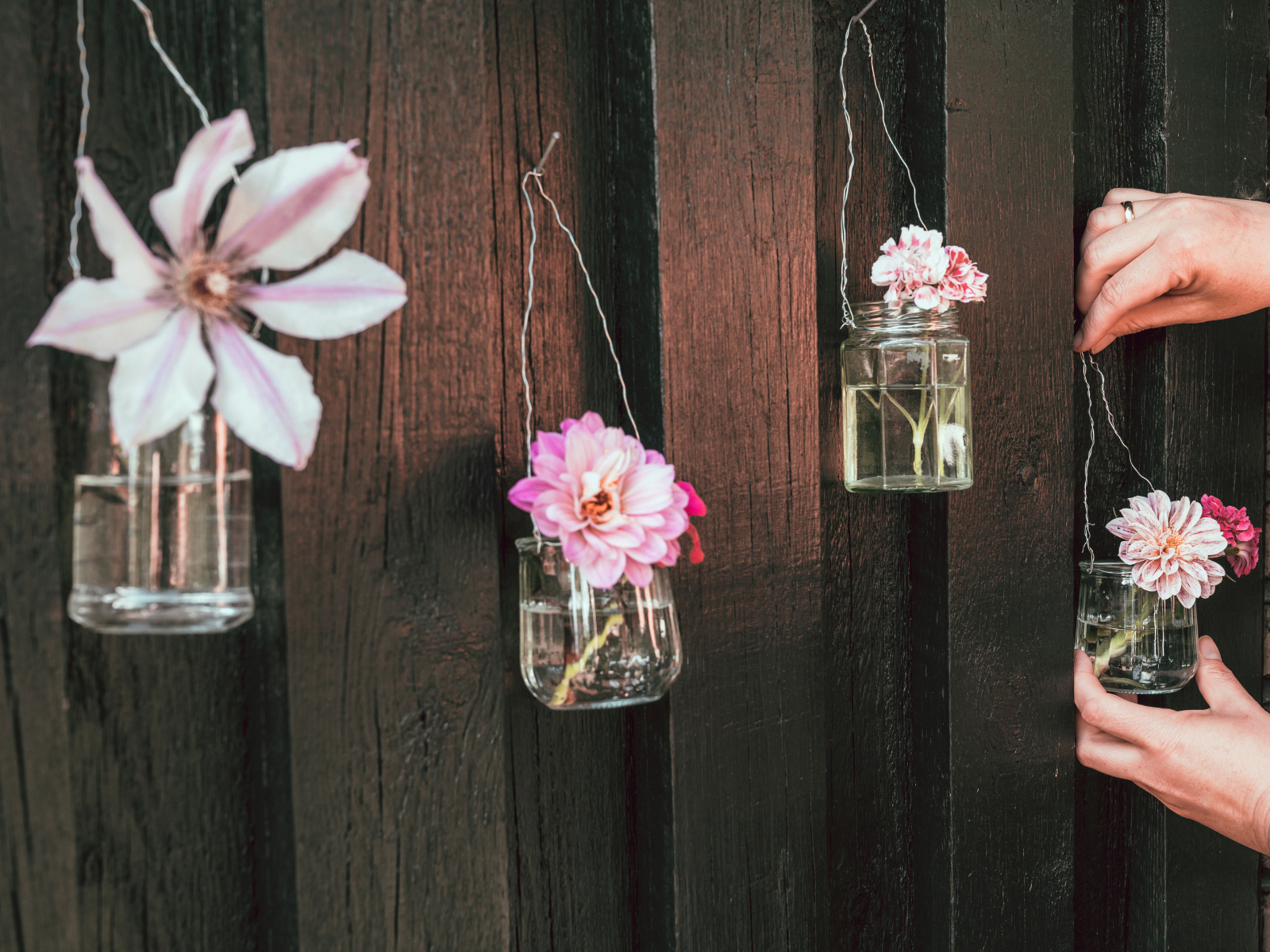
The Best Materials to Upcycle
Now that we understand the power and benefits of upcycling let's dive into some of the best materials you can use for your next project.
Old Clothes: A Treasure Trove for Upcycling
Old clothing is one of the most accessible and versatile materials for upcycling.
With a simple sewing machine, fabric scraps, old t-shirts, and even old jeans can be given a second life.
From creating new clothing items like skirts or dresses to crafting household items such as quilts, face masks, or tote bags, the possibilities are endless.
The sentimental value of upcycled clothing also adds a unique conversation piece to your wardrobe.
Fabric Scraps: Small Pieces with Big Potential
Fabric scraps, often remnants from other sewing projects, can be used to create patchwork items, accessories, or even artwork.
These small pieces can be combined to make a larger fabric with a new pattern and purpose, showcasing the skill level and creativity involved in the upcycling process.
Next time you're about to throw away fabric scraps, think of all the potential they hold!
Wine Bottles and Corks: From Trash to Treasure
Wine bottles and corks offer a wealth of creative reuse opportunities.
With a bit of imagination, these items can be transformed into candle holders, vases, or even a new glass tabletop.
Wine corks can be used to make bulletin boards, coasters, or even flooring. These projects not only save money but also create statement pieces that are sure to spark conversation.
Cardboard Boxes: The Base for Creative Projects
Cardboard boxes are a staple in the recycling bin, but before you toss them, consider their potential for upcycling.
With some pink paint, a discarded cardboard box can become a new object like a storage bin or a playhouse for children.
The sturdy nature of cardboard makes it an excellent base material for a variety of DIY projects and cardboard art.
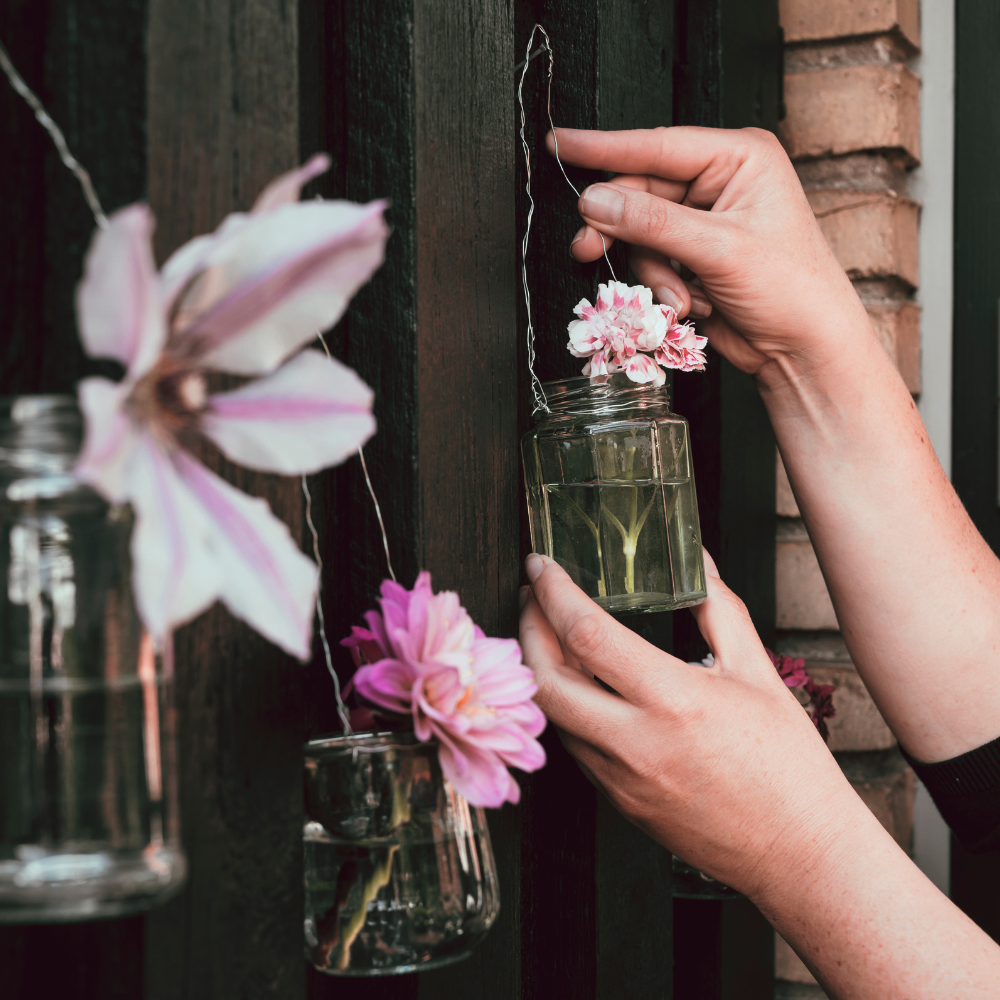

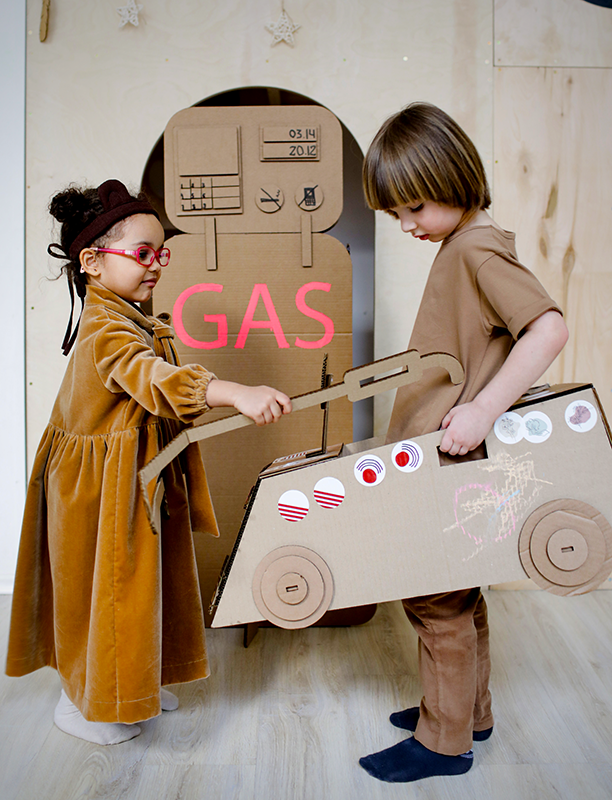
Plastic Bottles: Reducing Waste with Every Upcycle
Plastic bottles are a significant source of waste and water pollution.
However, they can be upcycled into a myriad of new items and upcycled art.
From constructing a greenhouse to creating a vertical garden or even crafting a hard shell suitcase, plastic bottles can be given a new function that extends their life and reduces their environmental impact.
Glass Bottles: A Clear Choice for Upcycling
Glass bottles, like their wine-specific counterparts, are excellent candidates for upcycling.
They can be cut, painted, or decorated to serve as new containers, lamps, or even pieces of art.
The higher quality of glass also ensures that the finished product retains a look of sophistication and durability.
Tin Cans: From the Pantry to the Craft Table
Tin cans are often overlooked, but they are a fantastic material for upcycling.
With a new coat of paint or some decorative touches, tin cans can become planters, pencil holders, or kitchen organizers.
Their robust structure makes them suitable for a variety of uses, and they can easily be given a new purpose.
Wood: The Backbone of Upcycling Projects
Wood from old furniture, pallets, or even an old piece of a dated cabinet can be repurposed into new, functional items.
Whether it's crafting a new table top, shelving, or even a birdhouse, wood provides a sturdy and aesthetically pleasing material that can be adapted to many different projects.
Plus, by using pre-existing wood, you're saving trees and reducing the environmental impact of logging.


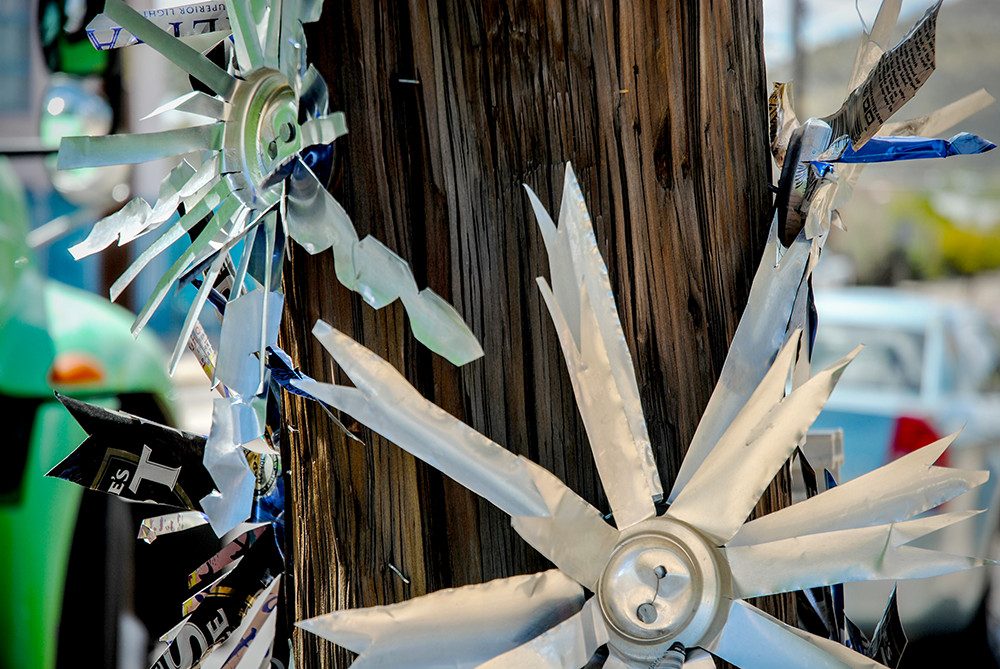
Old Furniture: Giving a New Life to Timeless Pieces
Old furniture, such as an old cabinet, can be upcycled with some new hardware and a fresh coat of paint.
This not only gives the furniture a new look but also allows it to serve a new function in the home.
Upcycling furniture is a great way to preserve the craftsmanship of older pieces while updating them to fit modern aesthetics.
Bicycle Wheels: Spinning into New Creations
Bicycle wheels can be upcycled into a variety of new items, from wall art to a functional clock.
The unique shape and structure of a bicycle wheel make it an interesting base for creative projects, and it can easily become a statement piece in any room.
Plus, by upcycling a bicycle wheel, you're also promoting sustainable transportation and reducing carbon emissions.
Junk Mail: Turning Paper Waste into Art
Junk mail, often immediately discarded, can be repurposed into paper mache, collages, paper beads, or even handmade paper.
This reduces waste and gives a new function to what would otherwise be a nuisance in your mailbox.
Plus, creating paper art from junk mail is a great way to relax and de-stress while making an environmentally friendly choice.
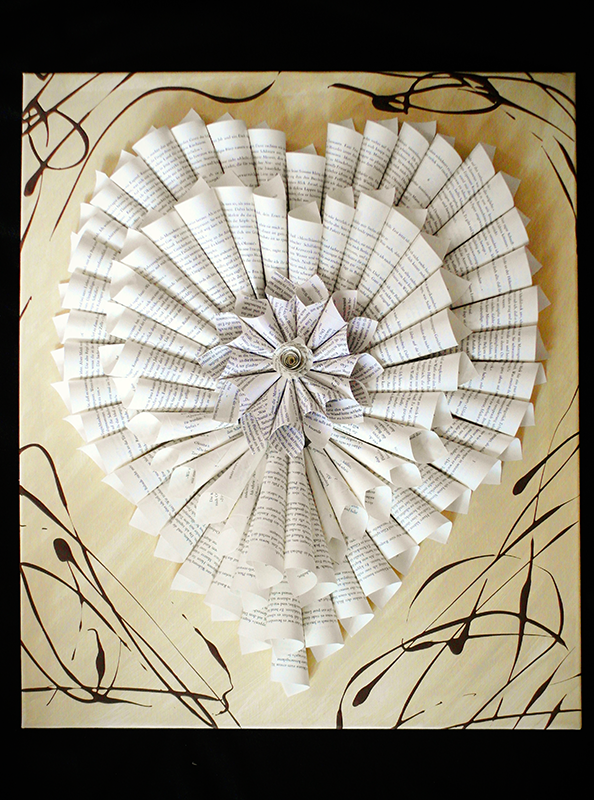


Thrift Stores: Goldmine for Upcycling Materials
Thrift stores are treasure troves for upcyclers.
From old shirts to household items, these stores offer a wide range of materials that can be transformed into something new.
Shopping at thrift stores not only provides the raw materials for upcycling but also supports the circular economy by giving items a second chance at use.
So, next time you're looking for materials, take a trip to your local thrift store and see what hidden gems you can find.
Upcycling Ideas: Inspiration for Next Projects
Upcycling ideas can come from anywhere.
Whether it's turning an old shirt into a trendy crop top or using fabric scraps to make a colorful rug, the key is to see the potential in existing materials.
Upcycling not only allows for creative expression but also makes sense from an environmental and economic standpoint.
Electronic Waste: A New Frontier in Upcycling
Electronic waste, or e-waste, is an often overlooked resource in the upcycling community.
With the rapid pace of technological advancement, countless devices become obsolete each year, leading to a significant amount of waste.
However, savvy upcyclers see potential in these discarded gadgets.
Circuit boards can be transformed into intricate jewelry or art pieces, while old computer cases can be repurposed into unique planters or storage containers.
By reimagining e-waste, upcyclers not only prevent harmful materials from entering landfills but also create one-of-a-kind items that challenge our perception of obsolescence.
The process of upcycling e-waste requires a different set of skills compared to working with more traditional materials like plastic bottles or old t-shirts.
Those with a knack for electronics can salvage components such as wires, connectors, and LED lights to incorporate into their projects.
For example, old smartphone screens can be reused as part of interactive art installations, and defunct sewing machines can find new life as quirky table bases.
As we become more conscious of the environmental impact of electronic waste, upcycling offers a creative and responsible solution to manage it.

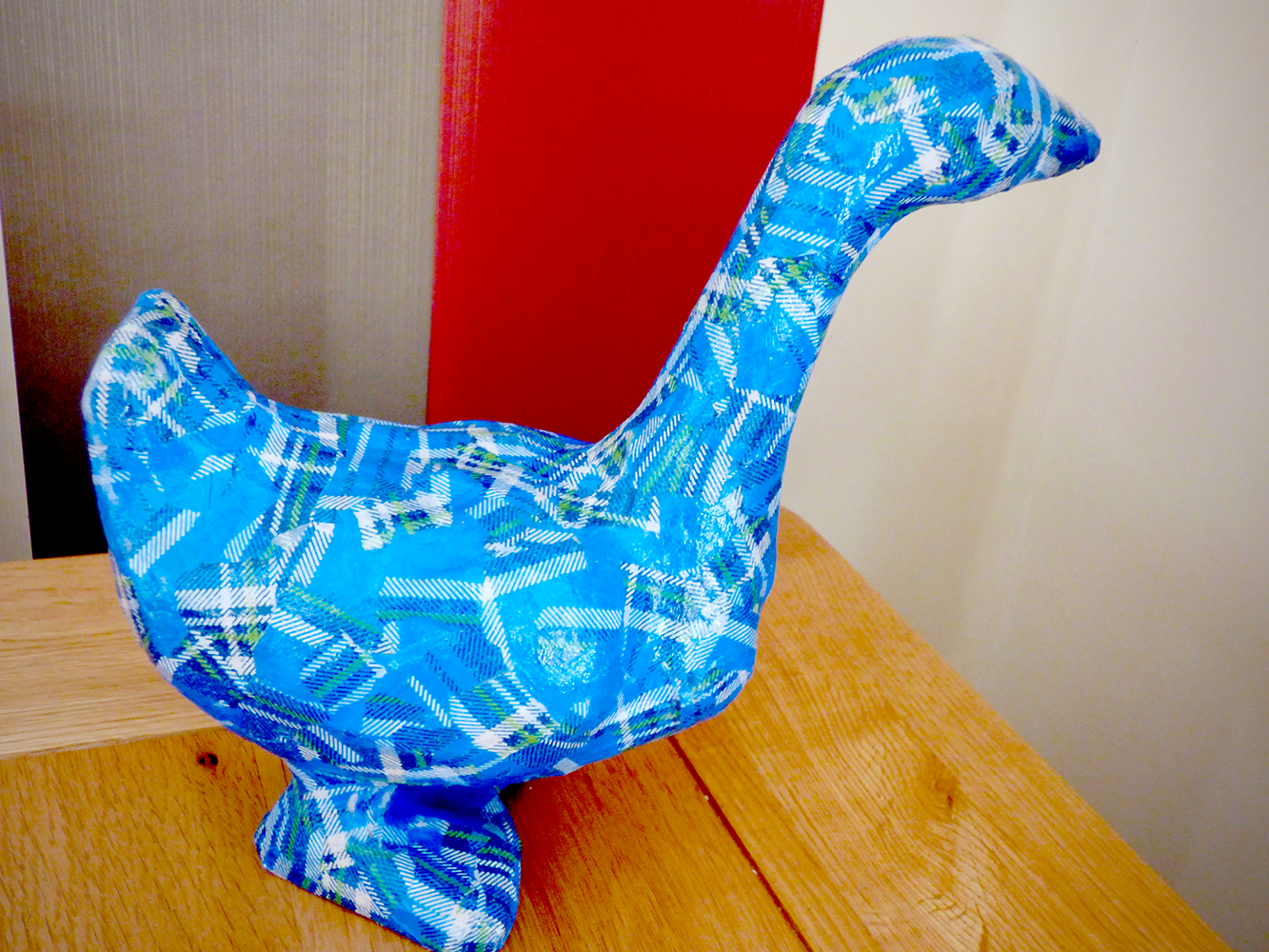

Repurposing Plastic Bottles into Practical Tools
Plastic bottles are ubiquitous in our daily lives, and their disposal can lead to significant environmental issues.
However, these bottles can be transformed into practical tools with a bit of creativity.
For instance, a plastic bottle can be cut and fashioned into a durable scoop for gardening or pet food.
The handle is created from the neck of the bottle, while the scooping part is made from the bottom half.
This not only gives a new purpose to the plastic bottle but also saves money on buying new tools.
Another innovative use for plastic bottles is creating a vertical garden.
By cutting them in half and hanging them on a wall or fence, individuals can grow herbs, succulents, or small flowers.
This is particularly useful for those with limited space, as it takes advantage of vertical surfaces.
The clear material of the bottle allows for easy monitoring of soil moisture levels, making it a functional and eco-friendly gardening solution.
Upcycling in Fashion: Reinventing the Wardrobe
The fashion industry is notorious for its waste, but upcycling presents an opportunity to turn that around.
Old t-shirts, a staple in many wardrobes, can be transformed into a variety of new garments or accessories.
With the help of sewing machines, these base materials can be cut, stitched, and reworked into stylish tote bags, trendy crop tops, or even patchwork quilts.
The transformation of these simple garments into new products not only extends their life but also reduces the need for new textiles, which have a heavy environmental footprint.
Moreover, the recent global health challenges have spurred a surge in upcycled fashion, particularly in the creation of face masks.
Designers and hobbyists alike have begun crafting face masks from a variety of materials, including old t-shirts and fabric scraps.
This initiative not only provides a sustainable option for an essential item but also allows for personal expression through fashion.
Upcycling in the fashion industry is not just about sustainability; it's about making a statement and showcasing individuality through reinvented pieces.
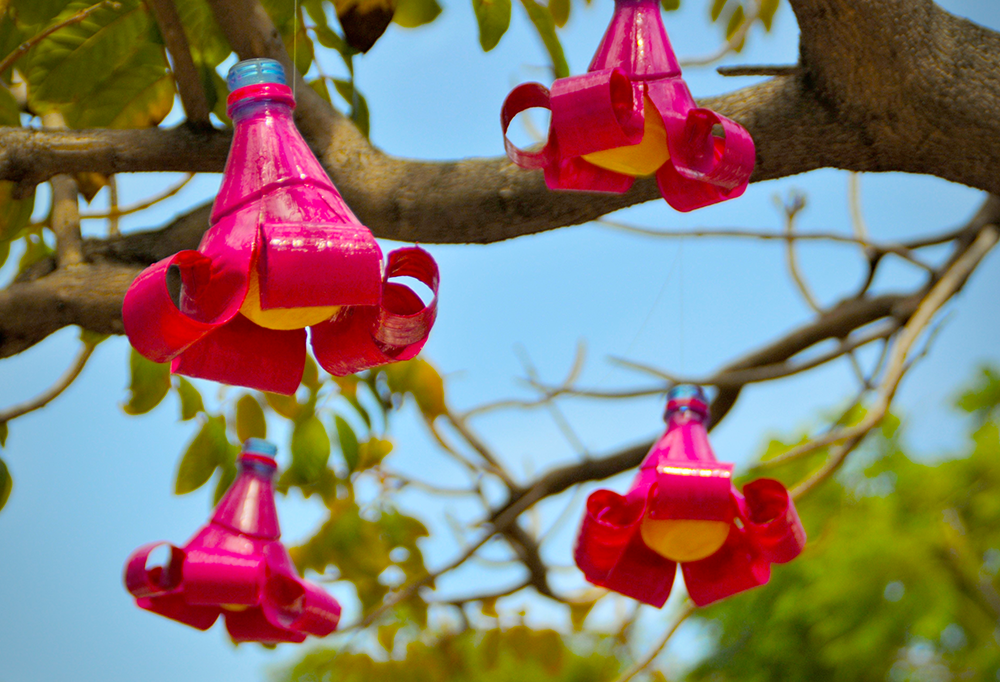

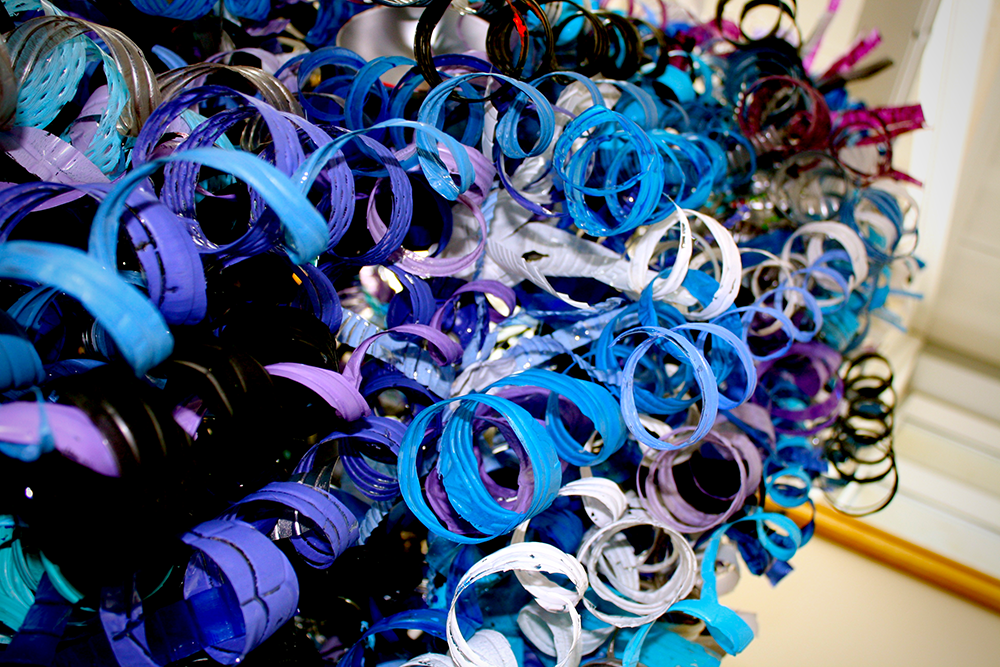
Upcycling Old T-Shirts into Quirky Home Decor
Old t-shirts, often relegated to the back of the closet or used as cleaning rags, hold a surprising potential for transformation into home decor.
With a bit of creativity, these familiar garments can be repurposed into unique, personalized items that add a touch of warmth and character to any living space.
For instance, the soft fabric of old t-shirts is ideal for creating cozy pillow covers, wall hangings, or even a patchwork quilt that tells a story with every piece.
The process not only gives a new lease of life to otherwise forgotten apparel but also serves as an eco-friendly alternative to purchasing new decor items.
Moreover, the versatility of t-shirt material allows for a range of textures and designs, making it a perfect candidate for upcycling projects.
By employing techniques such as braiding, knotting, or weaving, old t-shirts can be transformed into stylish rugs, baskets, or plant hangers.
These projects not only serve as a testament to the durability and adaptability of the fabric but also encourage a sustainable lifestyle.
Engaging in such upcycling endeavors can inspire others to view their worn garments as resources rather than waste, leading to a reduction in textile pollution and a step forward in eco-conscious living.
Creative Upcycling of Old T-Shirts into Wearable Art
The fashion industry is notorious for its rapid turnover and waste, but upcycling old t-shirts presents an opportunity to buck this trend and create wearable art.
By utilizing techniques such as tie-dye, screen printing, or even hand-stitching, individuals can transform plain or outdated t-shirts into fashionable pieces that reflect their personal style.
This not only extends the life of the garment but also allows for a unique expression of creativity.
For example, an old band t-shirt can be reimagined with a new design, or a series of t-shirts can be combined to create a one-of-a-kind dress or skirt.
Furthermore, the act of upcycling t-shirts into new clothing items can serve as a gateway to learning more about sustainable fashion practices.
It encourages a mindset of quality over quantity, where the value of a garment increases with the effort and imagination invested in its redesign.
This approach to fashion not only reduces the demand for new clothing production but also highlights the potential for innovation within the industry.
As more people embrace the concept of wearable art through upcycling, we move closer to a fashion ecosystem that values resourcefulness and personal flair over disposable trends.
Upcycling Old T-Shirts into Fashionable Accessories
Old t-shirts, often relegated to the back of the closet or used as cleaning rags, can find new life as fashionable accessories.
For example, with simple cutting and braiding techniques, an old t-shirt can become a stylish headband or belt.
The soft fabric is gentle on the skin and can be dyed to match any outfit. This approach not only recycles the material but also offers a personalized touch to one's wardrobe.
Also, upcycling old t-shirts into protective face masks has emerged as a practical and sustainable solution.
By utilizing soft, breathable cotton from old t-shirts, individuals can create comfortable and washable face coverings.
The process of transforming old t-shirts into face masks is straightforward and accessible; with simple cutting and sewing techniques, anyone can produce a face mask that fits snugly and provides adequate coverage.
The versatility of t-shirt material allows for various designs, from pleated to contoured styles, ensuring that each mask can be customized to the wearer's preference.
This not only reduces the environmental impact of disposable masks but also allows for unique designs that reflect personal style.
With basic sewing skills, anyone can turn their old t-shirts into protective and eco-friendly face masks.
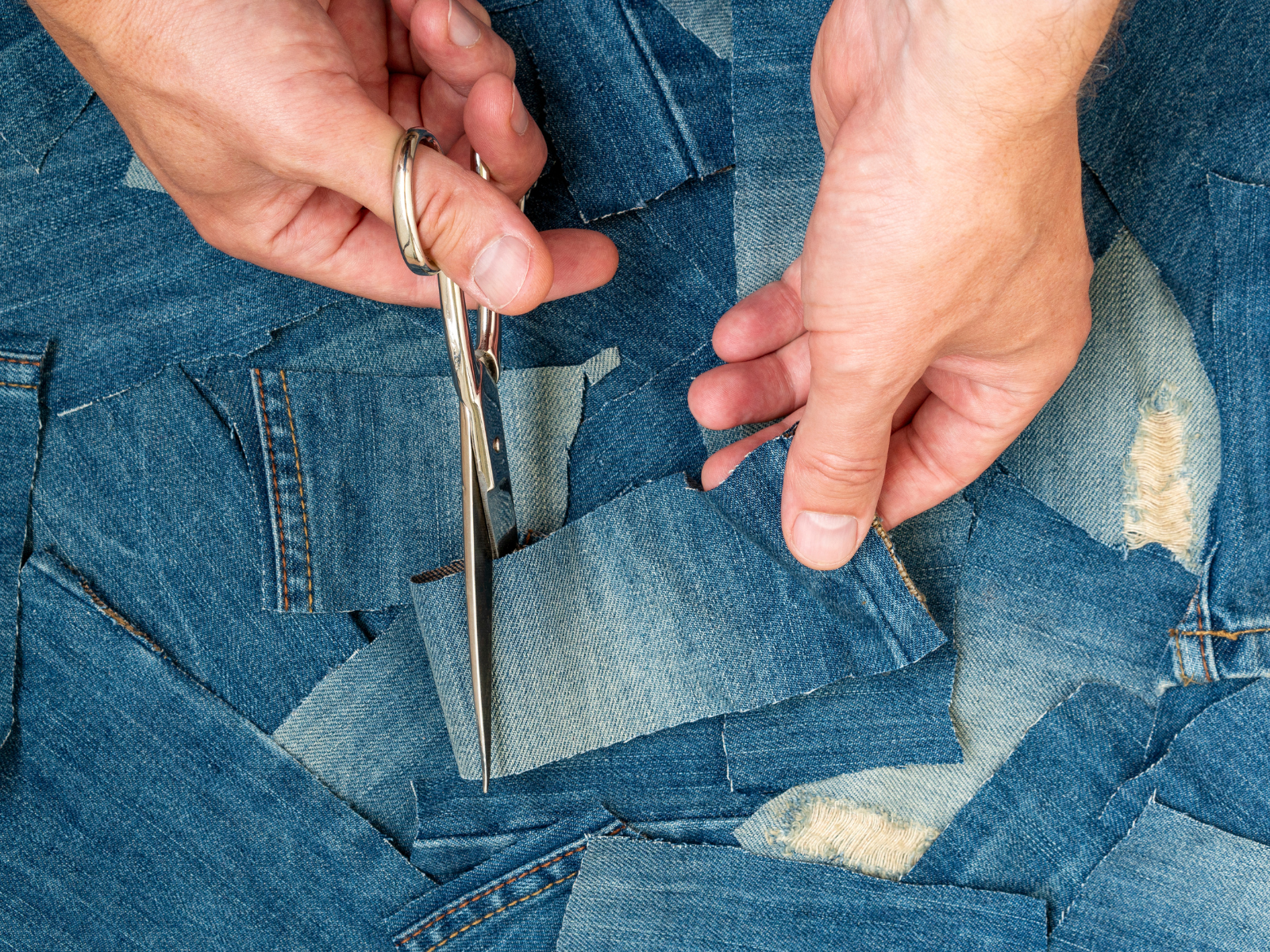
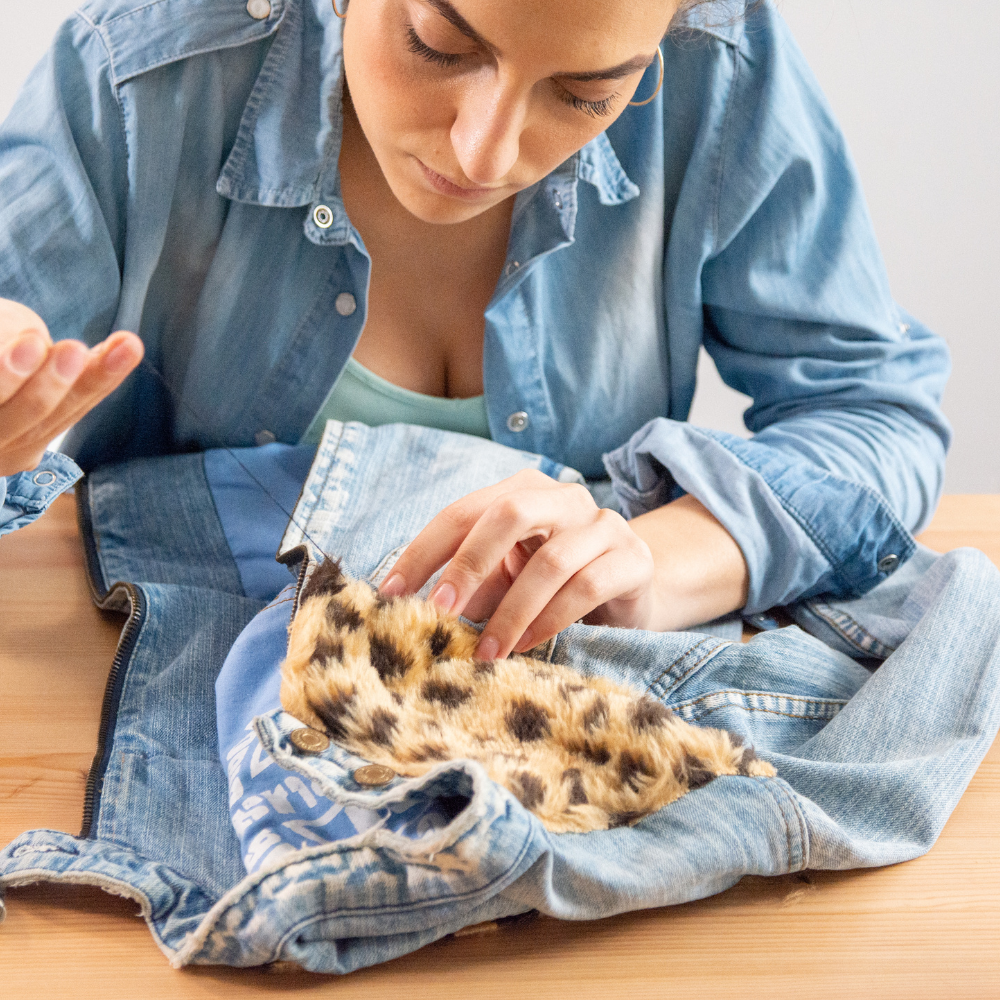

The Upcycle Project: A Step-by-Step Process
An upcycle project can be as simple or complex as you make it.
The process involves selecting the right materials, envisioning a new function for them, and then executing the transformation.
Whether you're a seasoned DIYer or a beginner, upcycling is an accessible and rewarding activity.
Here are the general steps to follow when embarking on an upcycle project:
- Select Your Materials: Look for materials that you no longer use or can find in second-hand stores, such as thrift shops or garage sales. Old t-shirts, furniture pieces, and household items make excellent candidates for upcycling.
- Brainstorm Ideas: Once you have your materials, take some time to brainstorm potential new functions for them. Use your creativity and think outside the box. The possibilities are endless!
- Gather Tools and Supplies: Depending on your project, you may need various tools such as scissors, glue, or paint. Make sure to have all necessary supplies before starting.
- Prep Your Materials: Before beginning the transformation, prepare your materials by cleaning them and removing any parts that aren't needed. For example, if you're upcycling an old shirt into a tote bag, make sure to remove the sleeves.
- Execute Your Design: Now it's time to put your idea into action! Follow your plan or adjust as needed while bringing your vision to life.
- Share Your Creation: Once your project is complete, share it with others! Show off your creativity and inspire others to take on their own upcycling projects.
- Continue the Cycle: The final step in the upcycle process is to keep the cycle going by continuing to use and repurpose items. Remember, almost anything can be transformed into something new with a bit of imagination and effort.
By following these steps, you can embark on an upcycling journey that not only benefits the environment but also sparks your creativity and provides a sense of accomplishment.
The Environmental Benefits of Upcycling
Upcycling has significant environmental benefits.
By giving a new life to old materials, we reduce waste and the demand for new materials, which in turn lowers greenhouse gas emissions.
Upcycling is a practical and impactful way to contribute to environmental conservation.
Moreover, it encourages a circular economy, where resources are continuously utilized instead of being discarded.
By implementing upcycling practices in our daily lives, we take a step towards sustainable living and preserving the planet for future generations.
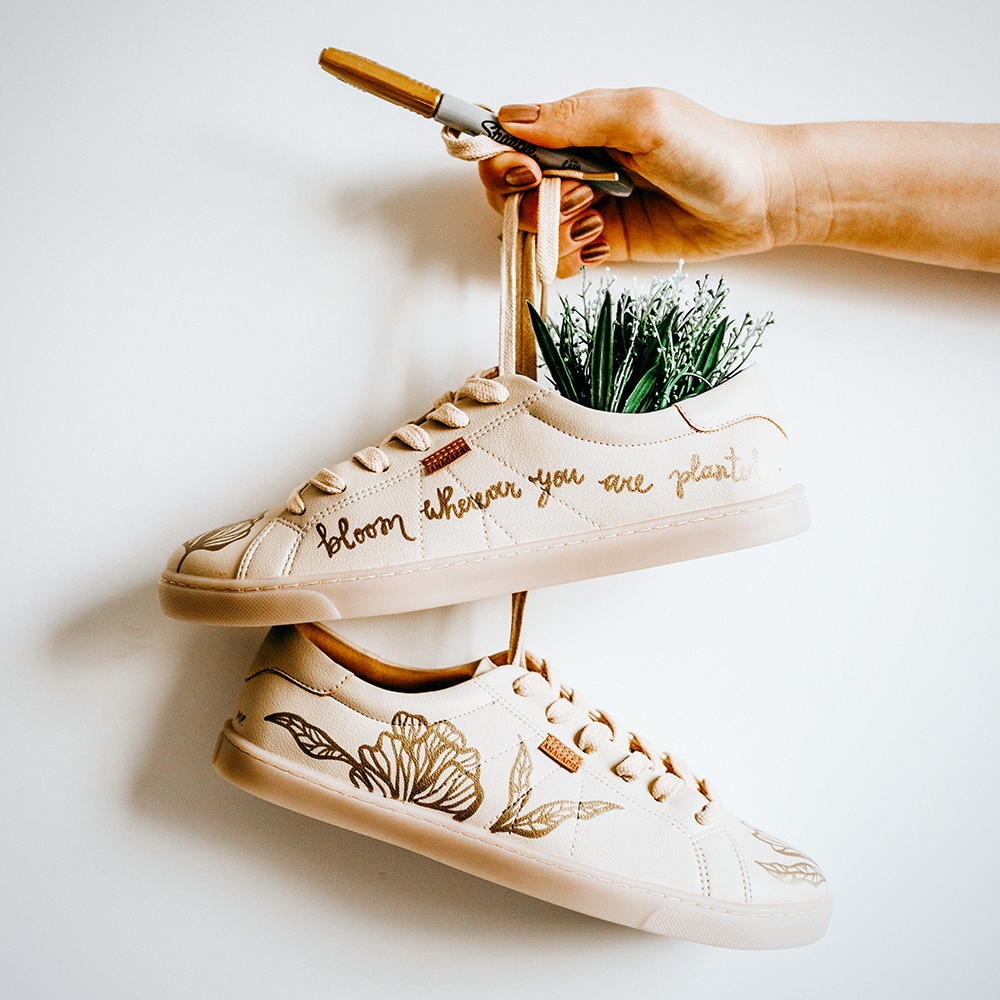
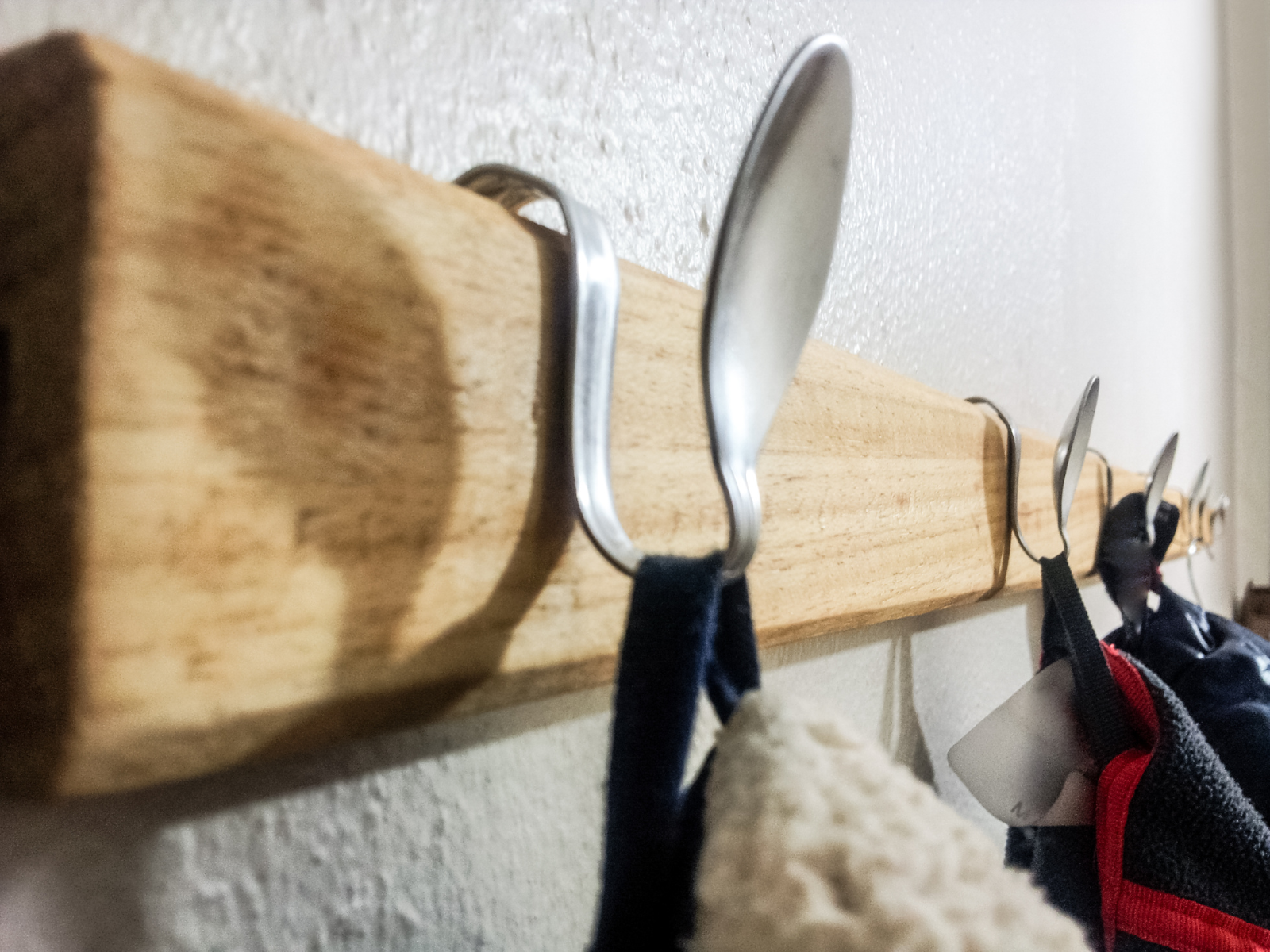
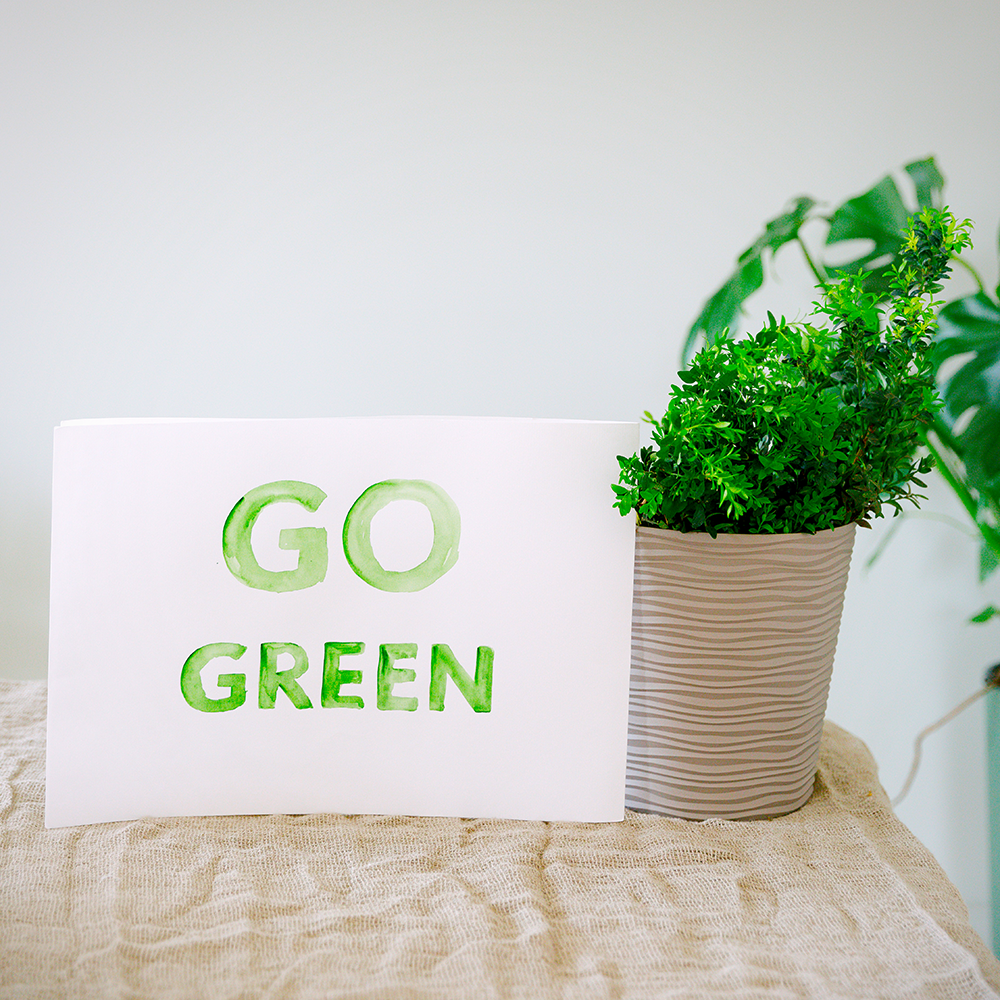
Why People Upcycle: More Than Just a Hobby
People upcycle for various reasons.
Some enjoy the challenge and the creative process, while others are motivated by the environmental benefits or the opportunity to save money.
Upcycling can also be a way to hold onto items of sentimental value by giving them a new function.
Moreover, upcycling allows individuals to express their individuality and showcase their unique style.
Whatever the motivation, upcycling is a fulfilling activity that brings people together through a shared passion for sustainability and creativity.
It's clear that upcycling has a multitude of benefits, both for the environment and individuals.
By embracing this practice, we not only reduce waste and conserve resources but also tap into our creativity and make a statement against the throwaway culture.
The Circular Economy and Upcycling
The circular economy is a model that emphasizes the reuse, repair, refurbishment, and recycling of products and materials.
Upcycling fits perfectly into this model, as it extends the life cycle of materials and reduces the need for new raw materials.
By incorporating upcycling into our daily lives, we can contribute to the circular economy and move towards a more sustainable future.
Upcycling as an Environmentally Friendly Approach
Upcycling is an environmentally friendly approach to consumption.
It encourages us to think about how we use and dispose of items and to find ways to give them a new purpose instead of contributing to waste.
This shift in mindset promotes sustainable living and empowers individuals to make a positive impact on the planet.
By upcycling, we not only reduce waste but also inspire others to do the same, creating a ripple effect of positive change.
Upcycling: A Way to Reduce Waste and Save Money
Upcycling is not only a creative outlet but also a practical way to reduce waste and save money.
By repurposing existing materials, you can avoid the cost of buying new items and contribute to a more sustainable lifestyle.
Moreover, upcycling allows individuals to express their unique style without breaking the bank.
By embracing this practice, we not only reduce our carbon footprint but also our financial burden.
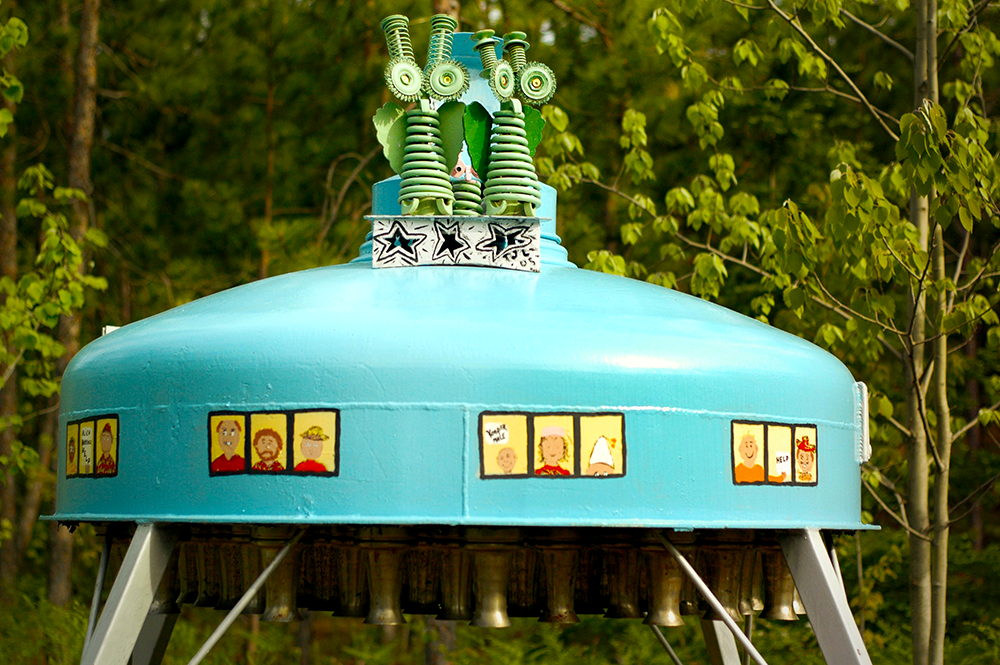
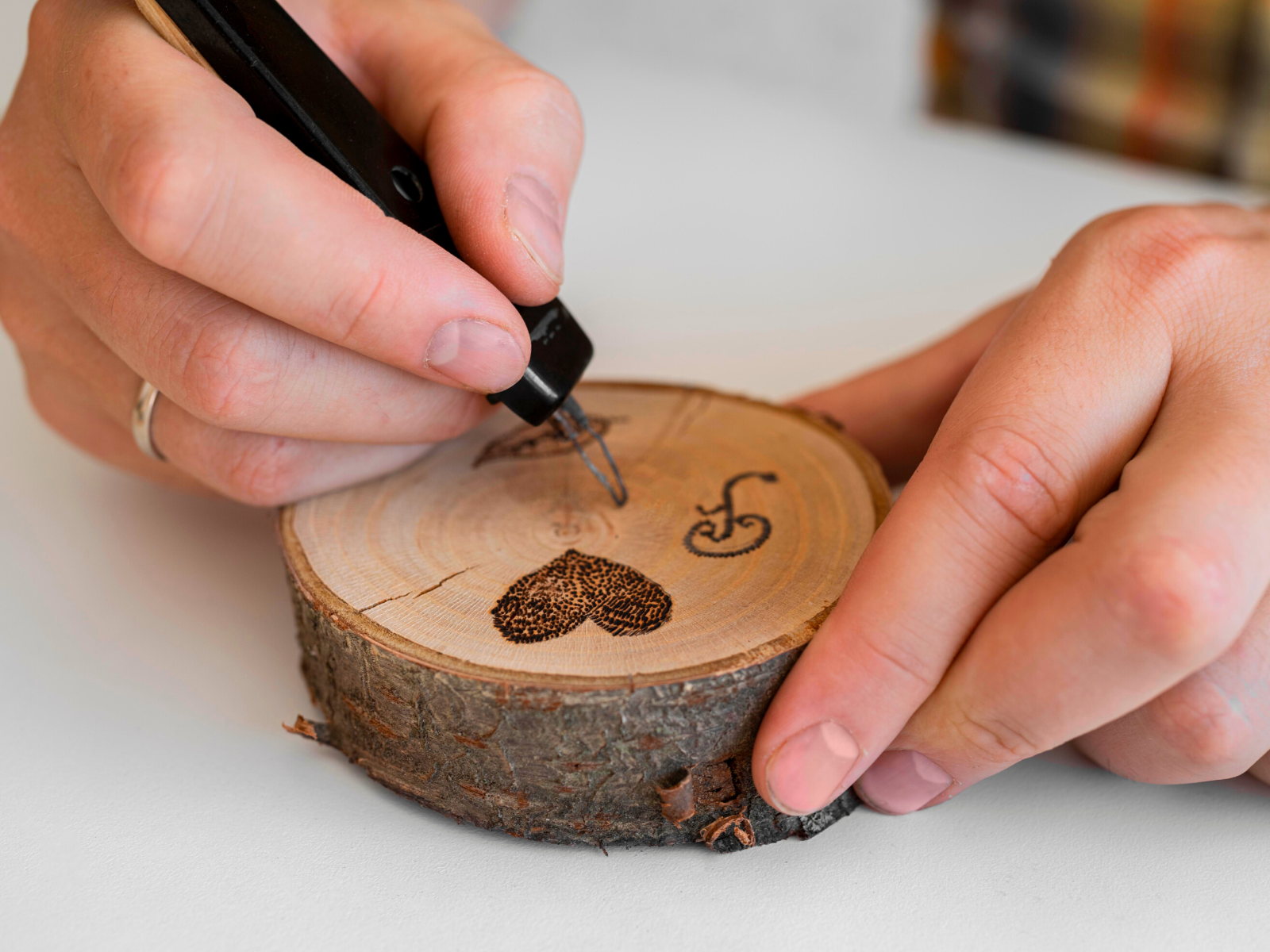

Materials: Lesser Quality or Higher Value?
Upcycled materials are often perceived as being of lesser quality, but this is not necessarily the case.
With skill and creativity, upcycled items can be of equal or even higher quality than their original form.
The value of an upcycled item also includes its environmental impact and the story behind its creation.
For example, a piece of furniture made from reclaimed wood may have unique imperfections that add character and make it more valuable than a mass-produced item.
Additionally, the process of upcycling often involves local artisans or small businesses, further adding value to the product.
In this way, upcycled materials can be seen as having both aesthetic and ethical value.
Upcycled Item as a Conversation Piece
An upcycled item is not just a new object; it's a conversation piece that tells a story.
Whether it's a piece of furniture with a history or a DIY project that showcases your creativity, upcycled items add character and interest to any space.
By incorporating upcycled materials into our homes and wardrobes, we not only reduce waste but also spark meaningful conversations and inspire others to join the upcycling movement.
The Skill Level Required for Upcycling
Upcycling can be tailored to any skill level.
Simple projects like painting a tin can require minimal skill, while more complex projects like woodworking may require more experience.
The beauty of upcycling is that it's an inclusive activity that anyone can enjoy.
By starting with smaller projects and building skills, individuals can take on bigger and more challenging upcycling endeavors.
Furthermore, there are many online resources and tutorials available for those looking to develop their upcycling skills.
The Creative Reuse of Unwanted Items
Creative reuse is at the heart of upcycling.
It's about looking at unwanted items not as waste but as the starting point for something new.
This mindset shift is crucial for embracing upcycling and its potential.
Giving Old Materials a New Function
The essence of upcycling is giving old materials a new function.
This transformation process is what makes upcycling so rewarding and impactful.
By seeing the potential in what others may consider waste, we can create unique and meaningful items that contribute to a more sustainable world.

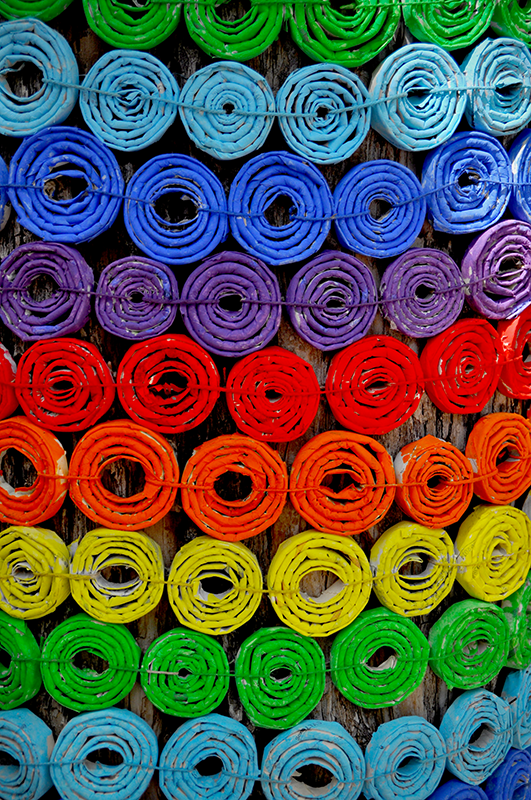

How to Start Your Own Upcycle Project
Starting your own upcycle project is easy.
Begin by assessing the materials you have at hand, consider what you can create with them, and then dive into the process.
There's no right or wrong way to upcycle; it's all about experimentation and fun.
By following your instincts and exploring new techniques, you'll be surprised by the projects you can come up with.
Finished Product: A Reflection of Creativity and Sustainability
The finished product of an upcycle project is a reflection of both creativity and sustainability.
It's a tangible result of your effort to create something new and useful while being mindful of the environment.
The more you upcycle, the more you'll see the potential in everyday items and how they can be transformed into unique and functional pieces.
With each upcycling project, you not only create something beautiful but also contribute to a more sustainable future for our planet.
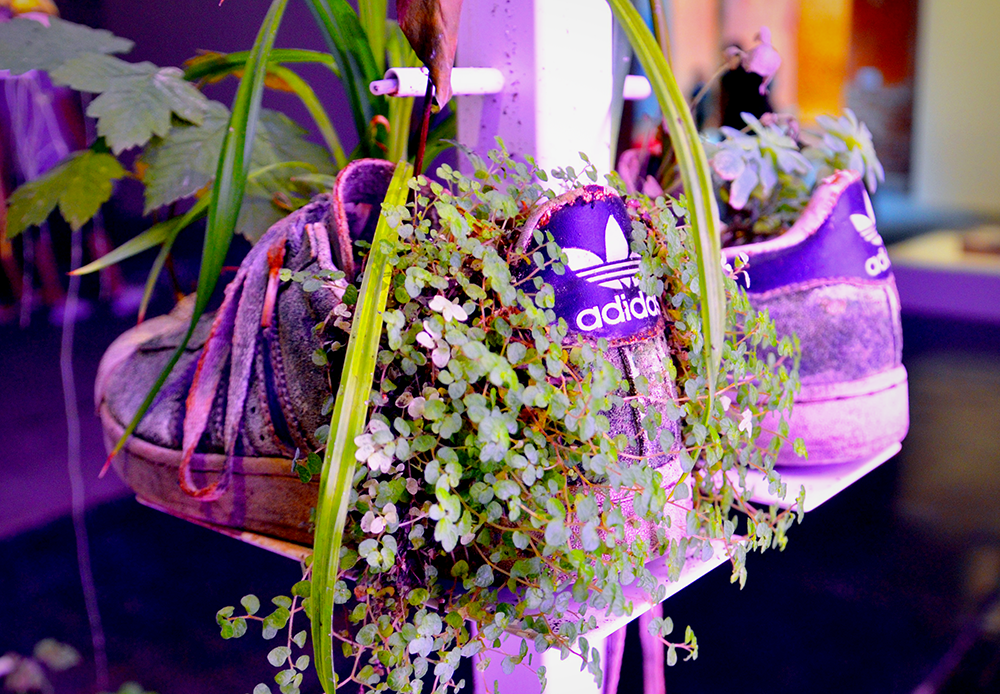
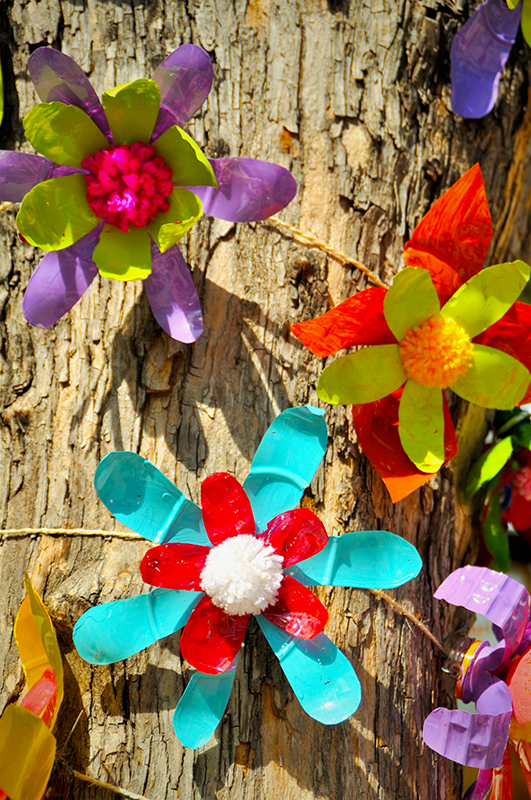

Upcycling for a Sustainable Future
As we continue to face environmental challenges, it's essential to look for ways to reduce waste and minimize our impact on the planet.
Upcycling is a creative and environmentally friendly approach to reusing materials that would otherwise be considered waste; it is a fantastic way to reduce waste while exploring your creativity.
When we give new life to old clothes, wine corks, cardboard boxes, plastic bottles, and other discarded objects, we can create unique, functional, and aesthetically pleasing new items.
By transforming discarded objects into new and functional items, we can decrease our carbon footprint and contribute to a more circular economy.
With so many materials available for upcycling, there is no limit to the projects you can take on.
Whether you're a beginner or an experienced DIYer, upcycling offers a rewarding way to express creativity, reduce environmental impact, and preserve items of sentimental value.
Remember, these are just a few examples of the best materials to upcycle.
So. why not give upcycling a try?
Not only will you be reducing waste and conserving resources, but you'll also tap into your creativity and make a positive impact on the environment.
Get creative, and let your imagination run wild!
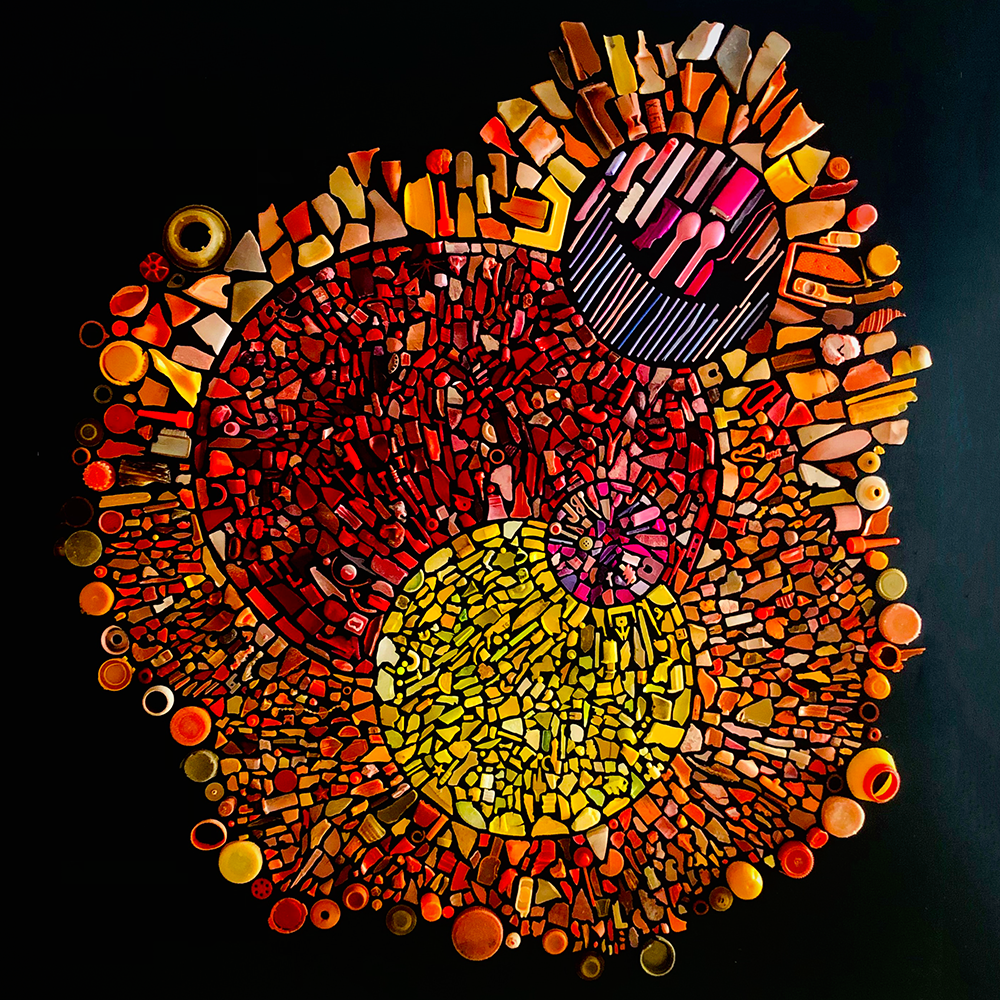


Looking to upcycle plastic? Check out Cleverly's video!
Want even more content about creativity and art?
Be sure to check out all of our creative chronicles!
Ready to dive into the world of upcycling and recycled art?
Check out some of our other articles:
-What art can you create out of recycled material?
-What is the difference between upcycled and repurposed?
